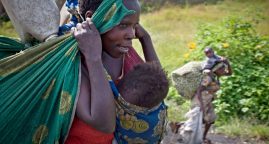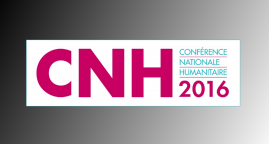In Defense of Philanthrocapitalism
When Mark Zuckerberg, the C.E.O. of Facebook, announced that he would be donating ninety-nine per cent of his Facebook stock to a new nonprofit organization, he got his share of positive headlines.
But the move was also dismissed as a tax-avoidance scheme, a public-relations gambit, a way to boost Facebook’s profits under the guise of doing good, and the latest expression of the “white savior industrial complex.” The economist Thomas Piketty, the author of “Capital,” said simply that the donation “looks like a big joke.”
Yet philanthropic investment in global projects continues to increase. Anne Petersen, the president of the Global Philanthropy Alliance, told :
“American philanthropy used to be all about giving locally. But there’s been a dramatic trend toward international giving, and that’s only going to continue.” It’s reasonable to lament the fact that a small number of billionaires have so much power over which problems get dealt with and which do not. But they have that power precisely because they are spending so much of their money to solve global problems. We, as a country, are not.”
Read the full article on “The New Yorker” website
Learn more about Philanthrocapitalism
Related Articles
The well-fed dead: Why aid is still missing the point
05/18/2016. On priority reforms at the World Humanitarian Summit.
Memo to Congress: Don’t Cut Foreign Aid
06/15/2017. US spend less than 1 percent of the federal budget on foreign assistance.
The French National Humanitarian Conference
02/23/2016. What will be the role of international humanitarian actors in the aid system of the future?






